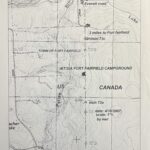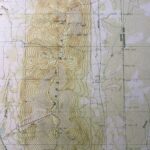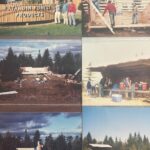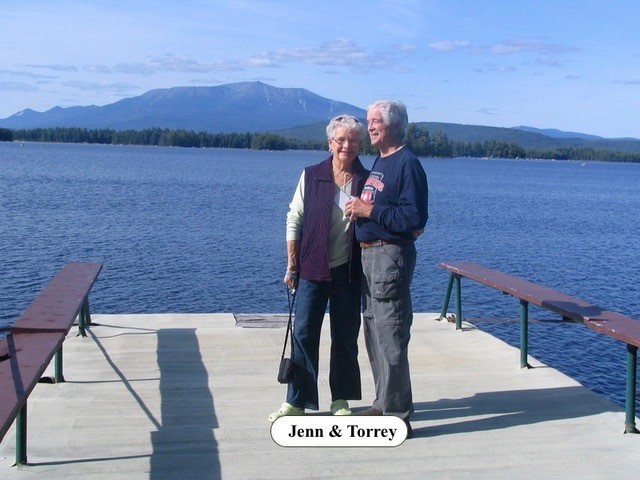Bordering New Brunswick, the towns of Fort Fairfield and Mars Hill, Maine, are uniquely positioned to highlight the IAT’s mission of fostering international cooperation between the US and Canada.
When Richard Anderson conceived of the IAT, he sought to encourage Americans and Canadians to think across the border, as he had done so in his professional life. Anderson had worked along the St. Croix River (Maine-New Brunswick) as a key negotiator in the establishment of the St. Croix International Waterway Commission, approved by both Maine and New Brunswick. Anderson had also worked with the Audobon Society in Quebec, looking at migration patterns of snow geese. With a trail to link the common landscape of both sides of the US-Canada border, Americans and Canadians would be able to see past the boundary dividing them.
Historically, the northeast border between Maine and Canada was never very firm: from the time of settlement to the mid-nineteenth century, the border shifted over and again. The Webster-Ashburton Treaty of 1842 finally solidified the border after the Aroostook War (1838-1839), a dispute between civilians (mostly lumberjacks) over the international boundary between the American state of Maine and the British colony of New Brunswick.
Despite the history of the disputed border, Maine and New Brunswick evidently share a common landscape and geological history. Additionally, single families occupy either side of the international boundary (for example, during the Covid-19 pandemic, special border-crossing exceptions were implemented for towns like Fort Fairfield and Mars Hill in order that families separated by the official border could still see each other). The boundary section of the IAT – which extends from the north slope of Mars Hill to the town of Fort Fairfield, where the trail goes along the border between Fort Fairfield, Maine, and Perth Andover, New Brunswick – embodies the commonalities that link the two countries in this northeast corner of North America.
Since the mid-1990s, the IAT has effectuated its goal of fostering cross-border cooperation. After attending an IAT board meeting in 1998, the Executive Director of the Fort Fairfield Chamber of Commerce, Cheryl Boulier, wrote: “I… was extremely impressed with all the support that I saw from different geographic areas, both from the United States and Canada for this project. It is very exciting to us that we would have an opportunity to be able to promote the [IAT] in our community as a vital link in providing a border crossing from the United States into Canada.”





